Resealable Coffee Bags: The Intersection of Freshness, Function, and Sustainability
In the $460 billion global coffee industry, resealable coffee bags have evolved from simple storage solutions to sophisticated brand ambassadors. As consumers demand peak freshness, eco-conscious materials, and personalized experiences, the packaging sector is responding with innovations that blend smart technology, structural engineering, and sustainable design. From flat bottom food bags optimizing e-commerce logistics to resealable coffee bags with valve preserving artisanal aromas, the modern coffee pouch is a marvel of multifunctional engineering.
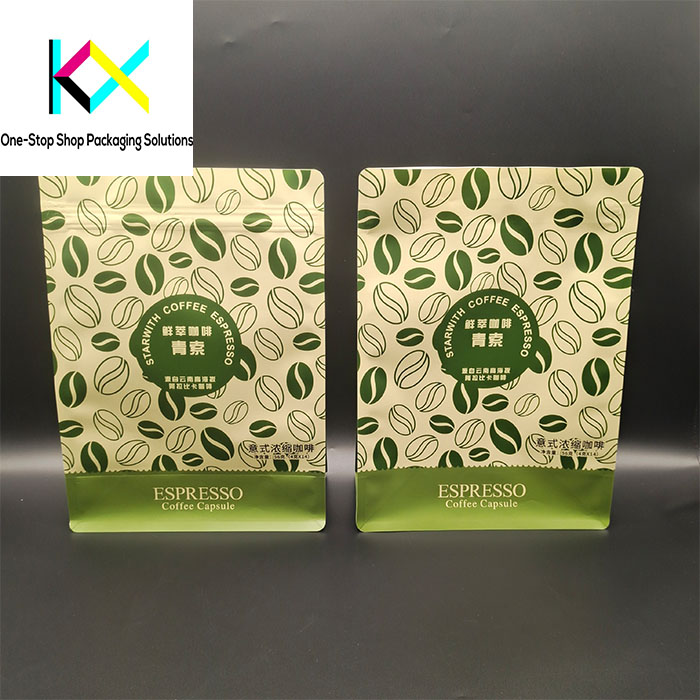
1. The Freshness Imperative: Valves Meet Resealability
The resealable coffee bags with valve have become non-negotiable for specialty roasters. Today’s valves are precision instruments offering:
Smart Degassing: Micro-adjustable vents regulating CO2 release based on altitude and humidity
AromaLock™ Tech: Nano-filters blocking oxygen ingress while allowing gas escape
Recyclable Valves: PP-based designs compatible with curbside recycling streams
Brands like Blueprint Coffee reduced returns by 28% using resealable coffee bags with color-changing valve caps that indicate optimal brewing time. The valve has transitioned from functional component to freshness communicator, with some roasters embedding NFC chips for roast date verification.
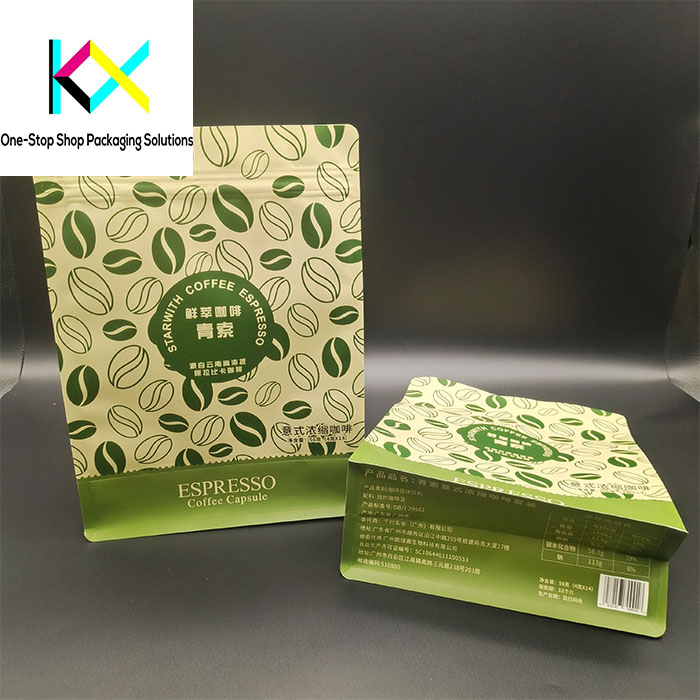
2. Flat Bottom Food Bags: E-Commerce’s Structural Solution
The rise of DTC coffee sales has made flat bottom food bags essential for:
📦 Space Efficiency: Collapsible design cuts warehouse storage by 40%
🛡️ Drop Resistance: Reinforced corners surviving 15-foot tumbles
🎨 360° Branding: Expansive print area for storytelling and certifications
Revolution Roasters’ flat bottom food bags now feature integrated cushioning layers—reducing shipping damage by 33% while eliminating plastic bubble wrap. The rigid base also enables novel additions like built-in measuring scoops for custom coffee pouches targeting home baristas.
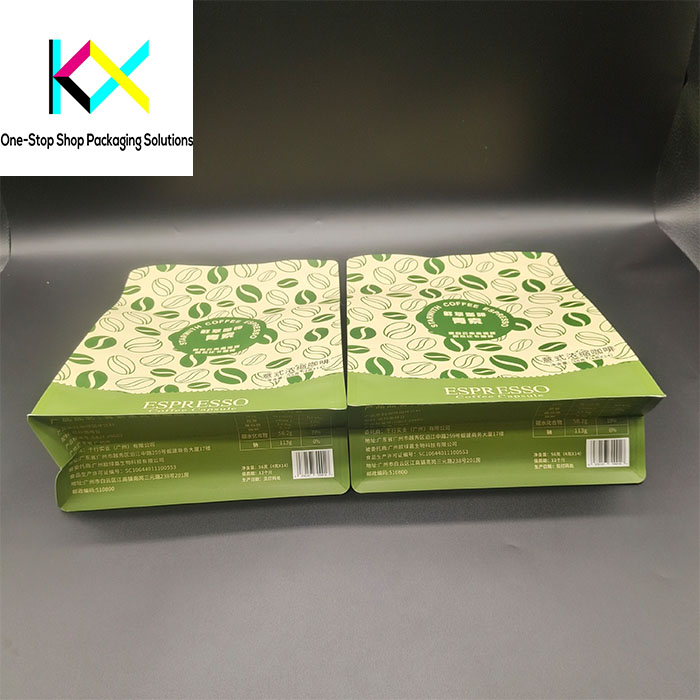
3. Sustainable Coffee Bags: Beyond Biodegradability
With 73% of coffee drinkers prioritizing eco-packaging (NCA 2024), sustainable coffee bags now leverage:
Marine-Degradable Films: Breaking down in seawater within 24 months
Mycelium Liners: Mushroom-based barriers compostable in 90 days
Blockchain Tracking: QR codes verifying recycled content percentages
Lavazza’s sustainable coffee bags use cellulose-coated kraft paper with plant-based adhesives, achieving home compostability without sacrificing 12-month freshness. EU’s Packaging and Packaging Waste Regulation (PPWR) is accelerating this shift, mandating 65% recycled content in coffee packaging by 2025.
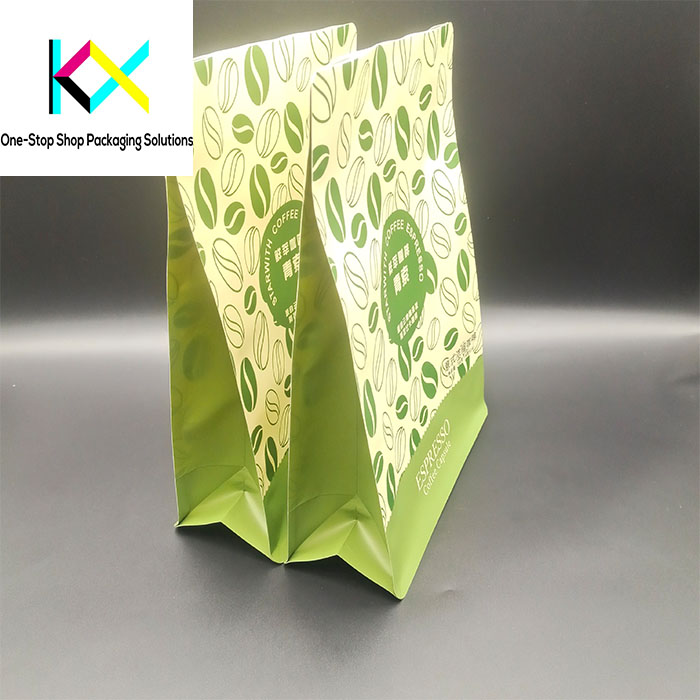
4. Custom Coffee Pouches as Brand Storytellers
Digital printing advancements enable custom coffee pouches to:
AR-Triggered Labels: Scan to reveal farm-to-cup journeys
Edible Batch Codes: Printed with coffee extract, dissolving during brewing
Regional Designs: Locally inspired artwork for global markets
Stumptown’s limited-edition resealable coffee bags with valve feature thermochromic ink that reveals tasting notes when warmed—a tactic that boosted social shares by 200%.
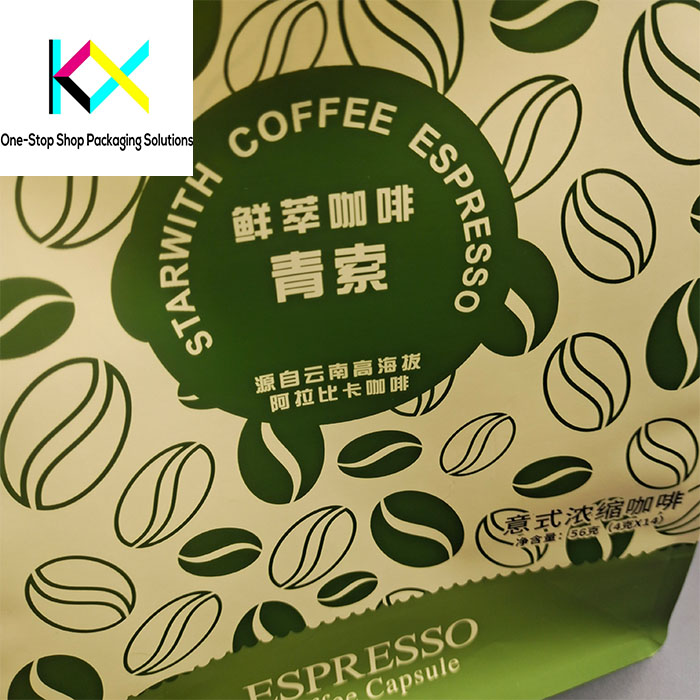
5. Smart Features Bridging Physical and Digital
Modern resealable coffee bags are becoming interactive platforms:
📱 NFC-Enabled Zippers: Tap to auto-reorder or access brewing tutorials
🌡 Freshness Sensors: Color-changing patches showing oxidation levels
♻️ Recycling Guides: AR overlays demonstrating proper disposal steps
Intelligentsia’s IoT-connected custom coffee pouches sync with smart scales, suggesting grind sizes based on real-time humidity data—a concept borrowed from precision coffee tech.
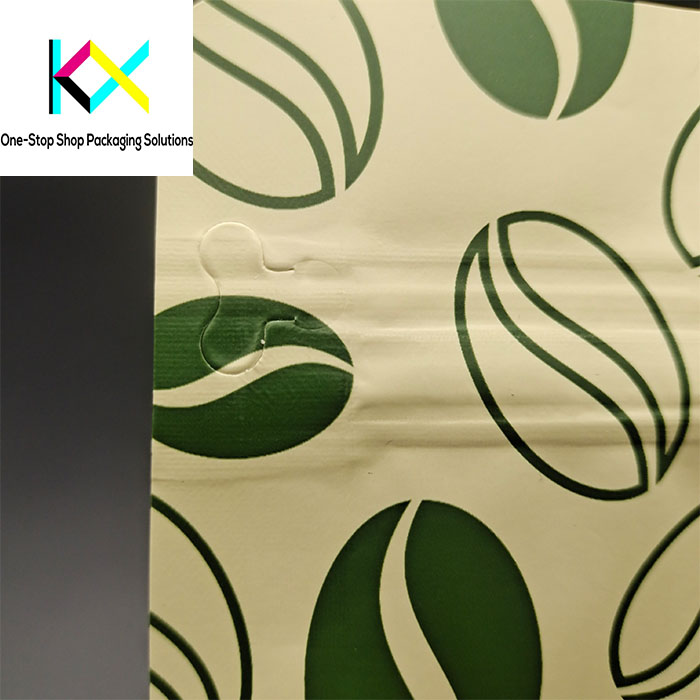
6. Material Science Breakthroughs
The sustainable coffee bags revolution is fueled by:
🔬 Nano-Cellulose Coatings: Replacing aluminum foil barriers in flat bottom food bags
🌱 Coffee Chaff Composites: Upcycled husks comprising 30% of pouch material
♻️ Mono-Material PE: Fully recyclable structures with water-based metallization
Swiss roaster Blaser Café achieved carbon-negative resealable coffee bags using algae-based inks that absorb CO₂ during decomposition.
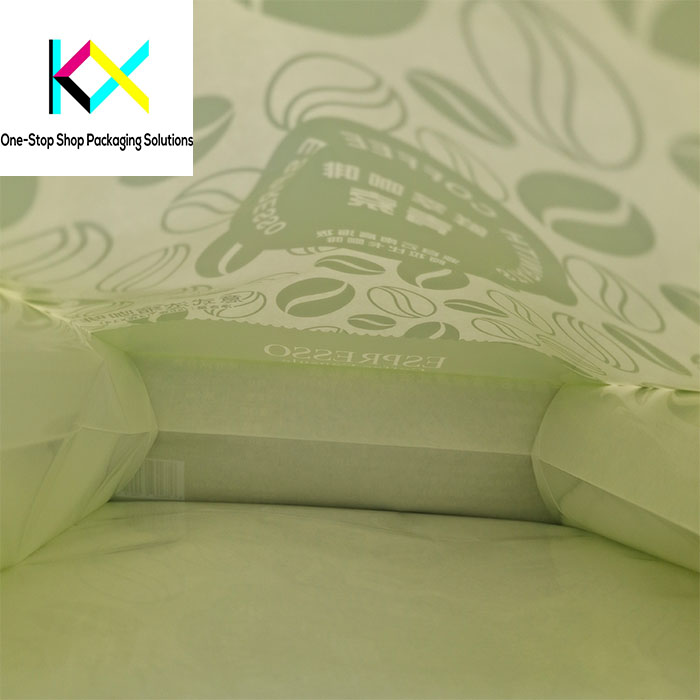
7. Regulatory Compliance Driving Design
Global policies reshaping coffee packaging:
EU’s PPWR: Bans non-recyclable resealable coffee bags with valve by 2025
California’s SB54: Requires 30% post-consumer recycled content in custom coffee pouches
FDA’s Active Packaging Rules: Mandate freshness indicators for ground coffee
These regulations push brands toward mono-material flat bottom food bags like GreenPouch’s 100% PE design, which maintains rigidity without multi-layer laminates.
8. The Future: Intelligent & Regenerative
Tomorrow’s resealable coffee bags might feature:
🌱 Self-Composting Timers: Pouches degrading automatically post-expiry
🔋 Biodegradable Batteries: Powering LED roast profile displays
🌍 Carbon Credits: QR codes offsetting emissions via reforestation programs
Strategic Takeaways for Coffee Brands
1️⃣ Adopt flat bottom food bags for DTC cost savings and unboxing appeal
2️⃣ Pilot sustainable coffee bags with blockchain traceability
3️⃣ Integrate smart valves in resealable coffee bags with valve for freshness assurance
In an industry where 85% of flavor is lost to poor packaging (SCA 2023), the custom coffee pouches of 2024 aren’t just containers—they’re freshness guardians, sustainability advocates, and silent sales reps rolled into one. From the structural ingenuity of flat bottom food bags to the eco-innovation of sustainable coffee bags, the future of coffee packaging is brewing brighter than ever.
You can visit our website to know more about our compostable pouch:
